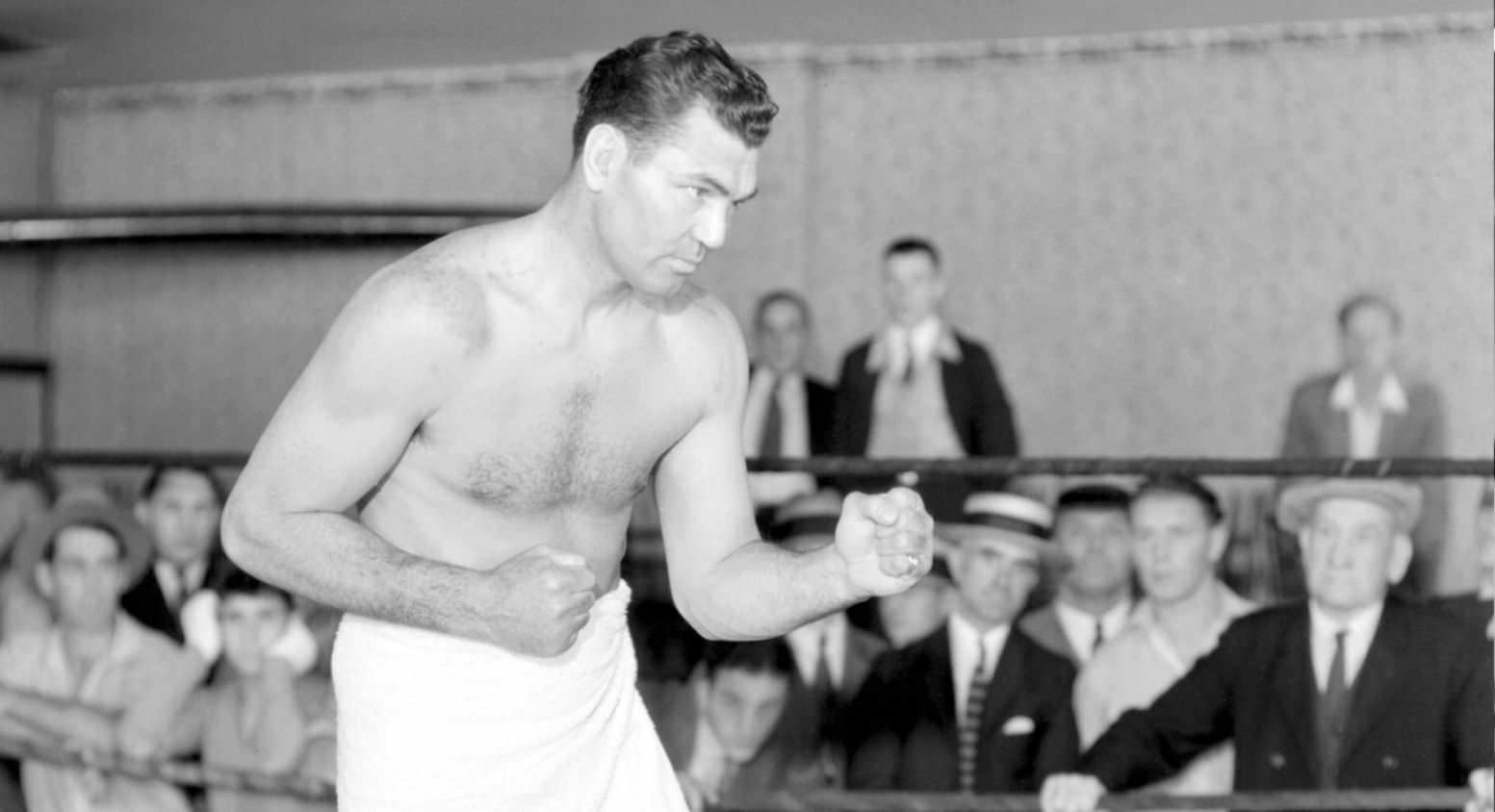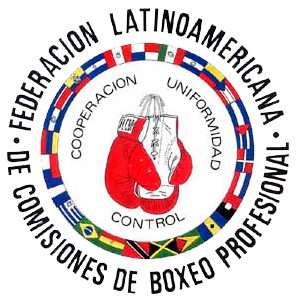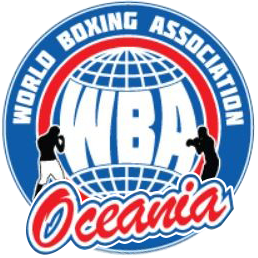After having reread our last article published on this page about a brief summary of the history of heavyweight boxing, we have belatedly noticed the inexcusable omission of the name of an icon of the ring, the first great box office magnet of boxing and, obviously, an immortal with a special place in the Canastota Museum in New York.
We are referring to Jack Dempsey, for his KO power called “The Puncher” or “The Bruiser” of Manassa and who shone as world champion between 1919-26, an impactful popular star who was the first to gross a million dollars at the box office on July 2, 1921 when he faced Frenchman Georges Carpentier in a historic bout staged at Boyle’s ThirtyAcres, in Jersey City, an outdoor arena commissioned by promoter Ted Rickard, who raised a loan of $250,000 to build it, and repaid it with the proceeds from the event, which amounted to $1,7899,238, an unsuspected amount for that time.
Promoted as “the Fight of the Century” by Rickard (who was later said to have regretted not having charged double for the tickets when he saw the venue packed), it was short-lived: Dempsey finished the Frenchman, a former light heavyweight world champion nicknamed The Orchid Man for his elegant dress, in the fourth round, after knocking him down several times before the end.
In addition to being the first million-dollar gate fight, other significant and unique events took place on that date: it was the first time a boxing match attracted a massive female attendance, eager to see the handsome challenger with a record of 82-11-5, 50 knockouts, a 27-year-old war hero, one older than his opponent, their compatriot who had never served in the military, and the sport’s nationwide resonance – the fight was broadcast nationally – opened the door to the elimination of laws banning boxing in several states.
It was also the ring fight that marked the official birth of what is now the world’s oldest boxing governing body, which at the event supervised for the first time a world championship fight for the National Boxing Association, the genesis of what since 1962 has been known as the World Boxing Association, the pioneer of the world’s governing bodies.
It is worth recalling the words of the current president of the body, the Venezuelan leader Gilberto Jesús Mendoza, on the occasion of the celebration of the 100th anniversary of that event, who said then that the fight “was, unquestionably, a firm step in the evolution of this sport which, from that moment on, was modernized to become one of the most relevant disciplines. For us, as the Mendoza family, it is a great joy to be part of the history of this organisation that prioritises the person over the athlete,” he said in an interview for La Afición, formerly a weekly newspaper and today a prestigious sports supplement in the Mexican daily Milenio.
MORE ABOUT DEMPSEY
After that victory, Dempsey, 26 years old and 7 years between the ropes (he made his debut on 30-11-14 with a KO to Billy Murphy in the 2nd) and who fought Carpentier with a record of 54-5-8, 39 KO’s, went into films as an actor and into entertainment.
He re-appeared almost two years later with a victory on points against Tommy Gibbons on 4/2/23 and on September 14 of the same year he faced the Argentinean Luis Angel Firpo, El Toro Salvaje de las Pampas, in what was another memorable battle due to the circumstances of the fight: Firpo knocked Dempsey out of the ring in the first round with a solid right hand. With the help of a third party the battered champion got back up. Some 15 to 17 seconds had already elapsed, but the referee. Jack Gallagher, did not make the proper count and instead of decreeing the KO of Dempsey, which he did, he allowed the fight to continue. In the same round Dempsey knocked the Argentinean down seven times and finished him off with two more knockdowns in the second.
Thousands of miles away from Jersey City the Argentinean people followed the fight on the radio and protested angrily in the streets about Gallagher’s actions.
What is remarkable is that despite the unfair defeat Firpo became a national hero. So much so that two years later the mayor of Buenos Aires, Carlos Noel, lifted the ban on boxing in the country, a measure that dated back 32 years to 1893.
ack to Dempsey: to the above, let me add that he had been crowned on July 4, 1919, America’s Independence Day, with a resounding KO of Wess Willard in three rounds after dropping him seven times in the first round.
Following that, he dispatched Billy Miske and Bill Brennan without a hitch on 6-9-20 and 14-12-20 in 3 and 12 rounds, respectively, in headline fights and after another long rest he returned to action on September 23, 1923 to face a young contender who was coming on strong, a former Marine and lover of classical music and poetry, Gene Tunney, who in a formidable performance took the belt from him by a relatively comfortable unanimous decision.
The former champion returned to action with a decision win over Jack Sharkey and on 22/9/27 getting the revenge against his victimizer.
It was another bout for history, which records it as “The Long Count Fight, staged at Soldiers Field Stadium in Chicago, Illinois, witnessed by some 100,000 spectators who left $2.5 million at the box office, much to the delight of Rickard himself.
At this point we would like to reproduce a paragraph we wrote about it four years ago on the occasion of the 93rd anniversary of the challenge:
“Midway through the historic 7th round, the challenger cornered the champion on the ropes and knocked him backwards with a hard right, preceded by an equally powerful left. A rule in force for that fight (a rule still in force) obliged the standing boxer to go to a neutral corner for the referee to start the count. The “third man”, Dave Berry, ordered Dempsey to the corner, but Dempsey, perhaps unaware of the rule, did not move and when he finally did, Berry started the count which went to 9. Between 14 and 16 seconds had elapsed since the fall of the defending champion. After getting up, wobbly and slowly, Tunney managed to cover the remaining three rounds and to take the decision from judges George Litton, Sheldon Clark and Berry himself”(*).
Dempsey never fought again. He left an unofficial record of 61-7-8 with 50 knockouts before the limit.
Financially comfortable, this boxing superstar set up a bar-restaurant in New York, which he decorated with dozens of photos of his most important fights on the walls, and thus spent his final days peacefully.
Born on 24 June 1895 in Manassa, Colorado, this legend of the ring, the ninth heavyweight world champion in boxing history, died in New York on 31 May 1993.

















